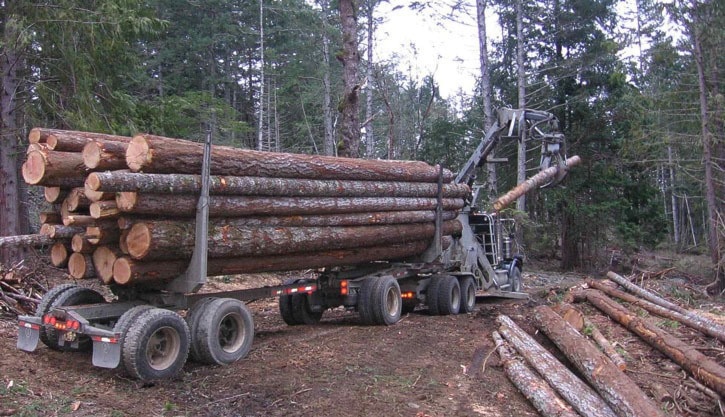An audit of a woodlot north of Meadow Creek has found the licensee complied with BC’s forestry legislation for some activities but didn’t meet legal requirements in others.
“The auditors found that the woodlot licensee did not ensure a bridge was safe for industrial users and did not report its woodlot activities to government by the required date or in the required manner,” said Forest Practices Board chair Tim Ryan.
“Both of these instances did not comply with the Forest and Range Practices Act. The woodlot licensee also needs to improve practices in riparian areas to ensure fish habitat is protected. “
The audit examined planning, timber harvesting, road construction and maintenance, silviculture and fire protection activities conducted between September 2013 and September 2015 in woodlot 436, northwest of Meadow Creek, held by Duncan Stanley Lake and Yvonne Boyd.
Since the audit took place, the licensee has taken steps to correct the issues that were found.
The audit found, except for bridge maintenance and annual reporting, planning and practices generally complied with the Forest and Range Practices Act and the Wildfire Act. The audit also identified an area requiring improvement related to riparian management.
Auditors found a bridge with rot in its substructure, which is a potential safety hazard. The licensee had not assessed the bridge for load-bearing strength nor posted any load restriction or bridge approach signs. This created a safety hazard and was not in compliance with regulations.
Auditors also found the licensee didn’t meet submission deadlines or specification requirements for its annual reports. The board said these practices were “pervasive” and didn’t assure good silviculture practices and therefore were considered a significant non-compliance.
Auditors also found the licensee re-classified a fish stream as non-fish bearing but had not collected enough information to support the classification. The licensee should have managed the stream as if it was fish bearing, requiring a 20-metre riparian reserve zone. The licensee harvested trees in the riparian reserve zone. While minimal harm resulted, this practice increased the risk of harm to fish or fish habitat and is considered an area requiring improvement.
The Forest Practices Board is BC’s independent watchdog for sound forest and range practices. The board audits forest and range practices on public lands and appropriateness of government enforcement. It can also make recommendations for improvement to practices and legislation.
